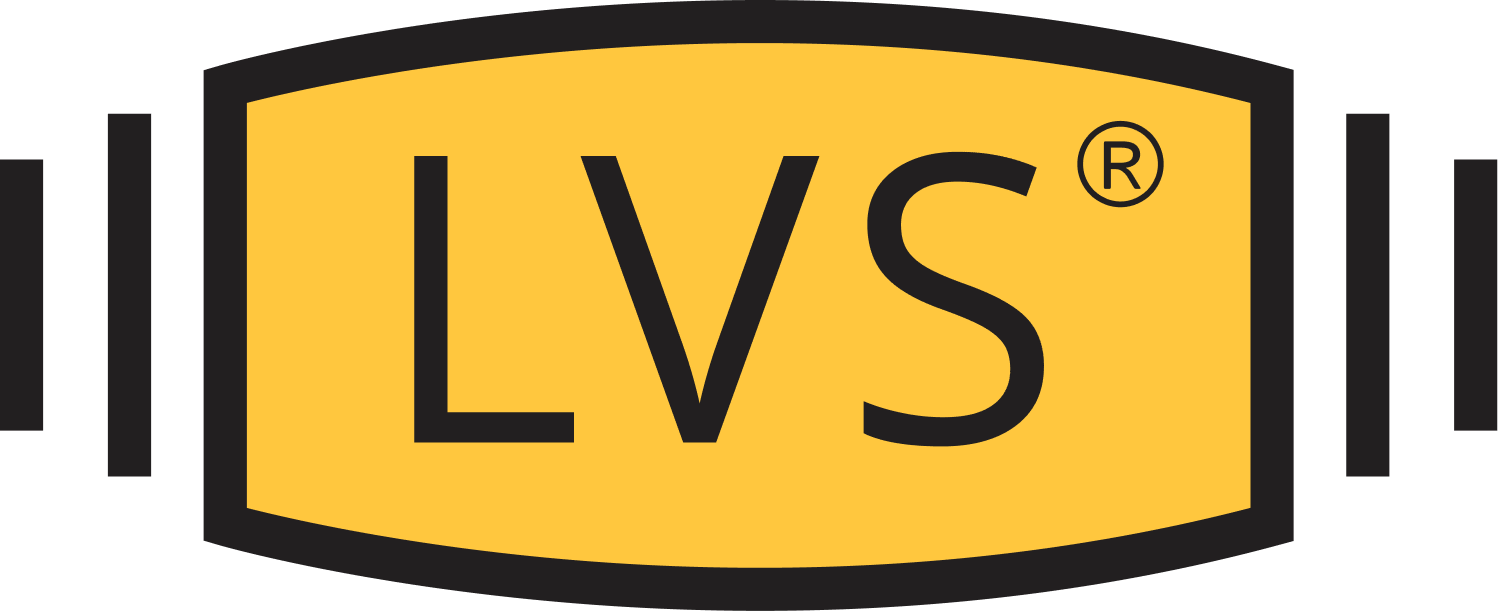Fire Alarm Override & Emergency Lighting Controls
-
When there is a fire alarm event, the emergency lighting should turn on at full brightness, overriding all other lighting controls (including switches, dimmers, occupancy sensors, and other controls). This is desirable, especially in high occupancy areas, because during a fire alarm event, occupants will naturally try to exit the building. Providing a higher light level can reduce panic or confusion during this time.
-
Until recently this requirement has been implemented on a local level, either by inspectors or fire marshalls. However, the 2018 Life Safety Code (NFPA101) now includes this requirement for all new installations. Additionally, the International Building Code (IBC) has included requirements for places of assembly for several years.
NFPA101 2018 Section 7.8.1.2.2 Unless prohibited by Chapters 11 through 43, automatic lighting control devices shall be permitted to temporarily turn off the illumination within the means of egress provided that each lighting control device complies with all of the following...
...2) The lighting control device is equipped to automatically energize the controlled lights upon loss of normal power and is evaluated for this purpose...
...5) In new installations, the lighting control device is activated by activation of the building fire alarm system, iof provided...
IBC Section 1008.2.1... For auditoriums, theaters, concert or opera halls and similar assembly occupancies, the illumination at the walking surface is permitted to be reduced during performances by one of the following methods provided that the required illumination is automatically restored upon activation of a premises’ fire alarm system.
-
In our experience, most AHJ’s only require enough lighting to provide 1 f.c. However, some have interpreted 7.8.1.2.2 to mean all lights in the path of egress. LVS has alternative wiring diagrams available for this situation. Contact us for further details.
-
Most LVS emergency power control (EPC) products now include integral fire alarm tie-in capability. This allows them to be connected to a fire alarm dry contact and 10V-30VDC (either within the fire alarm panel or external) and be remotely activated during a fire event to override all lighting controls and turn on at full brightness. These devices also will activate emergency lighting during a loss of normal power, allowing you to use one device to comply with both (2) and (5) of NFPA101 7.8.1.2.2.
-
All LVS products can be connected to a fire alarm contact. Newer models can be connected directly, while older models require an additional fire alarm interface (model TR-A-2).
Fire Alarm Tie-In Included :
EPC-2, EPC-2-FM, EPC-2-D, EPC-2-D-FM, RRU-X-UNV,
RRU-X-UNV-FM, EPC-1-D-HV, EPC-D-F-ATS, LUT-ALCR,
LUT-ALCR-FM, LUT-ALCR-D, LUT-ALCR-D-FM, LUT-SHUNT-D, LUT-SHUNT-D-FM, LUT-ATS-D.Fire Alarm Interface Required:
EPC-1, EPC-1-D, EPC-A-1, EPC-D-F, EPC-D-F-S, EPC-A,
EPC-Panel Mount, EPC-A-FM, EPC-1-NAD, EPC-1-D-NAD,
LUT-SHUNT, LUT-SHUNT-FM. -
LVS products with fire alarm tie-in included can be connected to a N/C fire alarm contact rated 100mA, 24VDC or greater (closed during fire event, open during normal conditions) and a 10V-30VDC power supply rated 1W or greater. Many fire alarm panels include a DC power supply but some customers prefer to a separate power supply (such as LVS TR-A-2). This method is superior to other devices on the market which tie directly to a dry contact, but which require a separate dry contact for each UL924 relay and are not Class 2 rated. Fire alarm dry contacts are valuable and up to 20 LVS UL924 Controls can share a single fire alarm dry contact (power supply should be rated for at least 1W per 20 LVS UL924 Controls).
-
The LVS UL924 Listed Fire Alarm Interface, model TR-A-2, can also be used to activate emergency battery packs during fire alarm events.
